♥

Hello friends, welcome to a new sewing tutorial, I hope you are very well and healthy, this time I want to show you the procedure to make a flannel, flannel, (it has several names depending on region of). I am very happy to share with you how I made my first flannel which I am going to use to sleep because the fabric I use (lycra cotton) is very soft and fresh, if your house is very hot like mine I assure you that I use flannels with this type of fabric will be your salvation xD. We can use a sewing machine or we can also sew by hand, obviously the second option will take more time but it is still a good option if you don't have a machine yet or if you want to practice haute couture :D because if you didn't know haute couture it's mostly hand sewing to perfection and very little use of the sewing machine. Let's get started!
Materiales - Materials
- 75 cm de tela cotton lycra
- Hilo
- Aguja y alfileres
- Cinta métrica
- Papel bond
- Regla de 30 cm
- Regla de 60 cm (opcional)
- 75 cm of cotton lycra fabric
- Thread
- Needle and pins
- Measuring tape
- Bond paper
- 30 cm ruler
- 60 cm ruler (optional)

1. The first thing we will do is make our patterns or you can also buy them depending on your size. The elaboration of patterns using our anatomical measurements has an understandable elaboration process, however, it is an extensive process to explain, so if you want to learn how to elaborate your own patterns, you can let me know in the comments and I will gladly make a post dedicated solely to taking of measurements and elaboration of the female base pattern
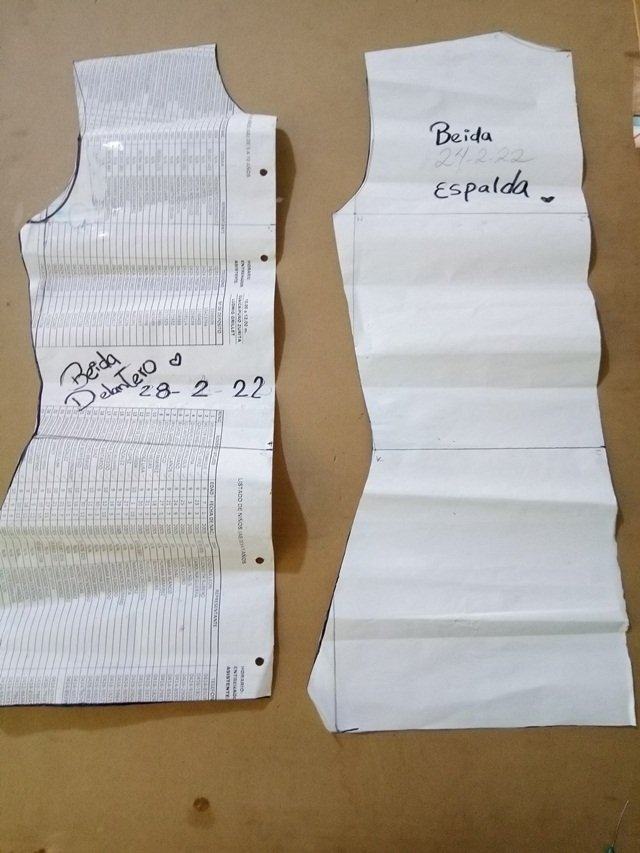
2. The patterns of blouses or shirts are made with the fourth part of our body, which means that in most cases the fabric must be doubled when marking and cutting. In the images I made a demonstration on how to place the front pattern and the back pattern
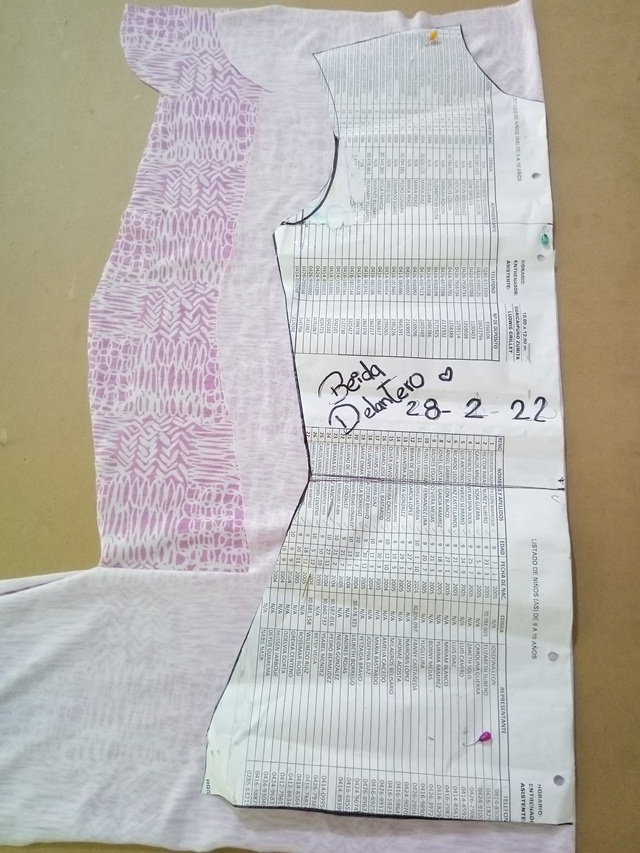
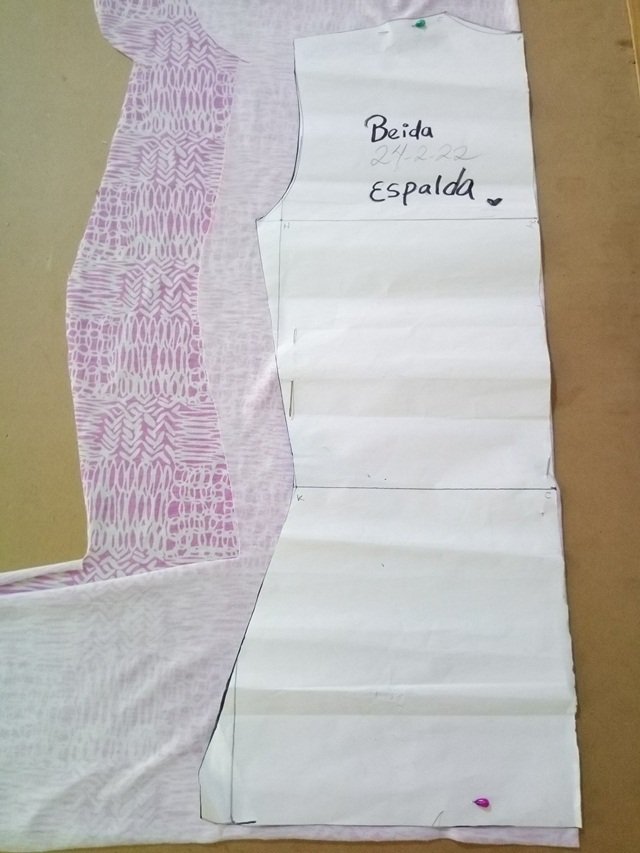
3. Then friends we are going to place the back piece and on top we place the front piece to sew the shoulders first with a straight seam and then with a zig zag. If you do not yet have a sewing machine you can sew by hand using the "backstitch" or "stitch". Then we repeat the same procedure with both sides
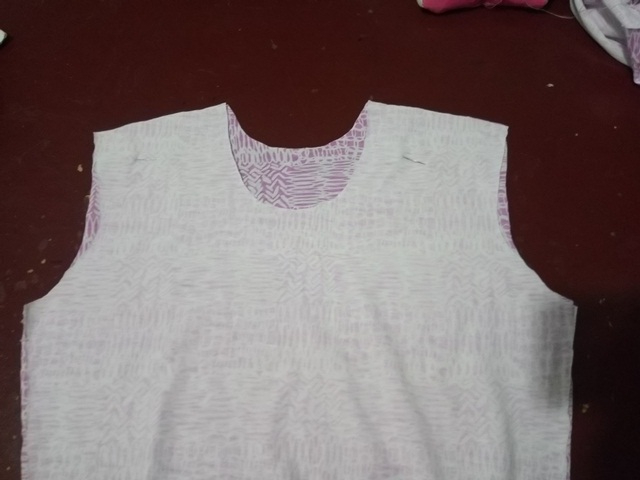
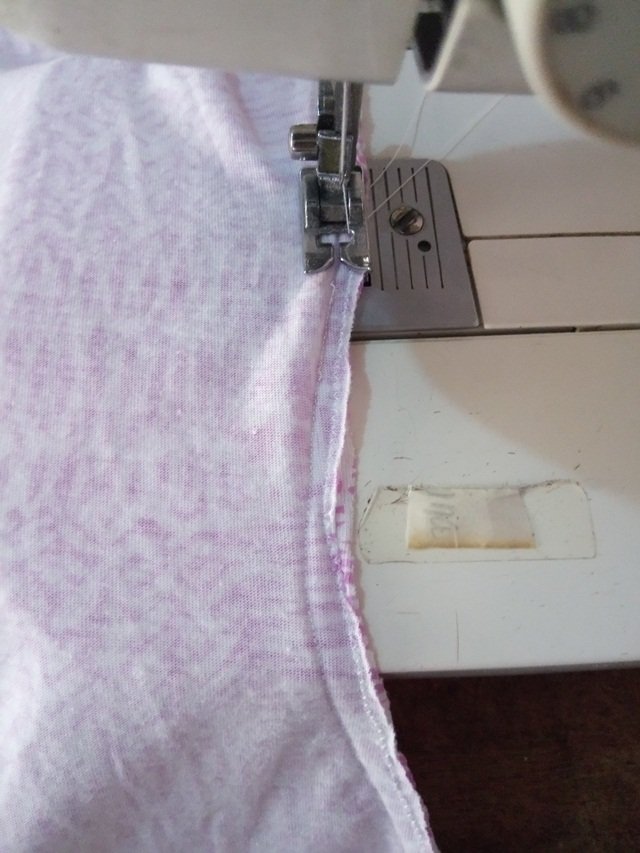
4. Next we are going to sew the collar and the way I sewed it is identical to the way I sew the , so I'll be explaining it to you in the next step ;)
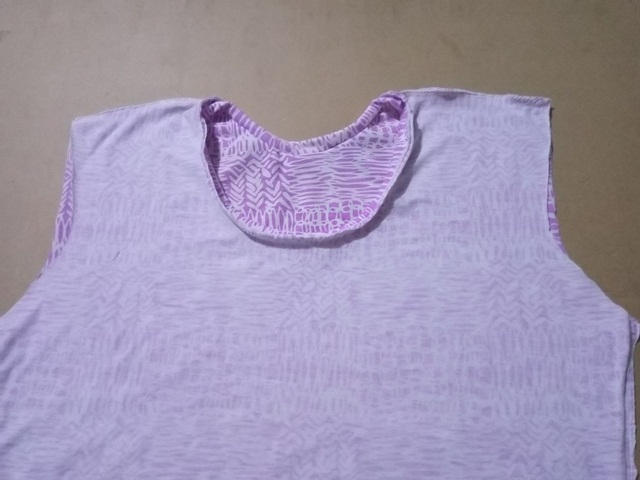
5. As this flannel does not have sleeves, we must place a bias that will be of the same fabric. First we must place the flannel on the table and join the point of the shoulder with the point of the side to form a straight line, then we are going to measure that space and we are going to multiply the result by two. In this case the measurement gives me 19 cm and double is 38 cm, then we are going to cut a strip that is 5 cm wide (it is a standard measure) and 38 cm long (in my case)
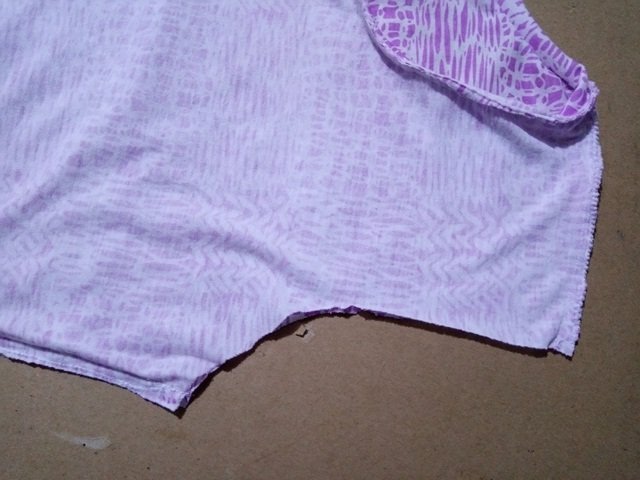
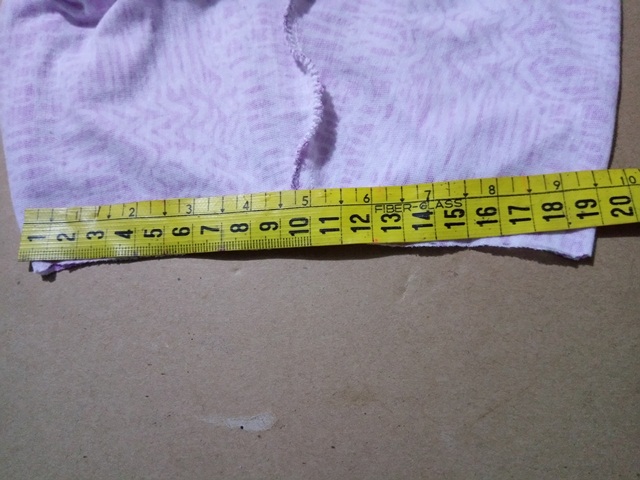
You must subtract 4cm from the total length of the strip of fabric, if you are using a fabric that stretches too much, such as micropeach fabric, you must subtract 8 to 10 cm, then we are going to join and sew both ends of the strip and fold them towards the half, then we mount the strip on the armhole of the flannel and sew with a straight and zigzag seam or if it is hand sewing you can do it with back stitch
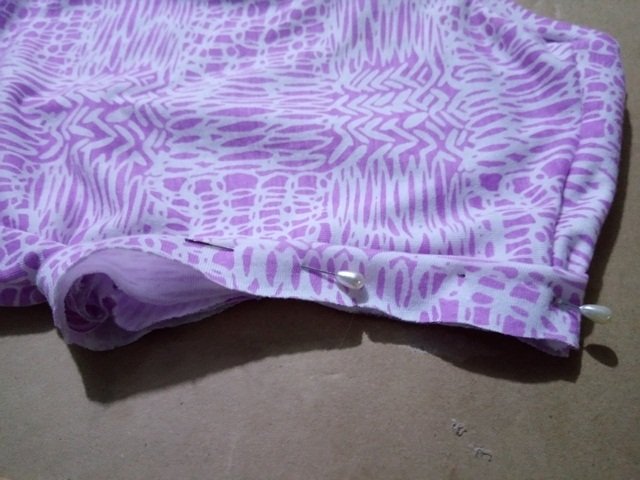
6. We are almost finished friends, we only have to sew the hem of the flannel and for this step we fold the fabric a little and then we fold it again, then we must sew along the entire upper edge with a straight stitch and some people use the double needle
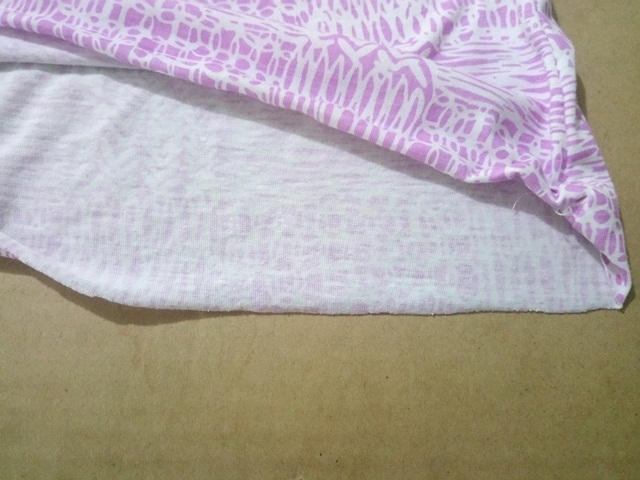
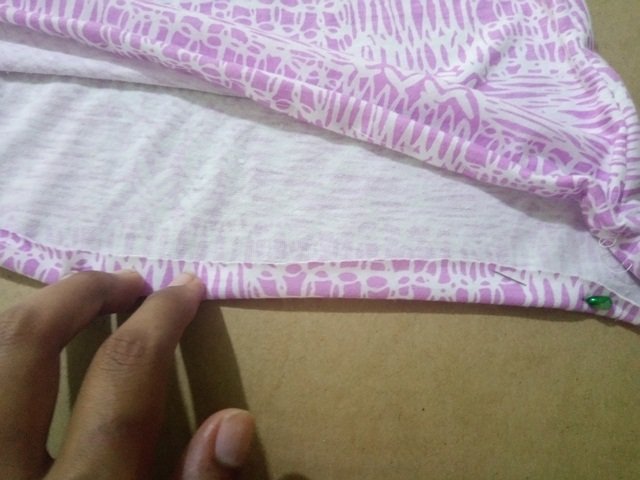
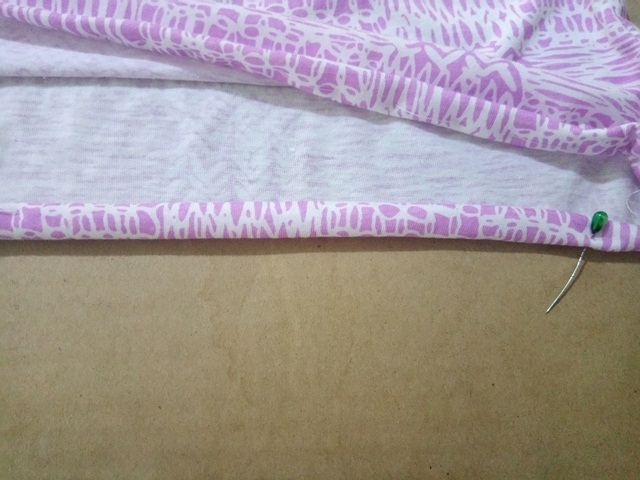
Terminamos ♥ Finished ♥

I hope you liked it and above all that this step by step is useful to you, thank you very much for your visit, until next time:*
Las imágenes fueron tomadas por mi persona @beidacarolina para ser publicadas exclusivamente en hive. Para editar las fotos utilice PhotoScape y para traducir el texto utilice Traductor de Google :)
The images were taken by my person @beidacarolina to be published exclusively on hive. To edit the photos use PhotoScape and to translate the text use Google Translate :)